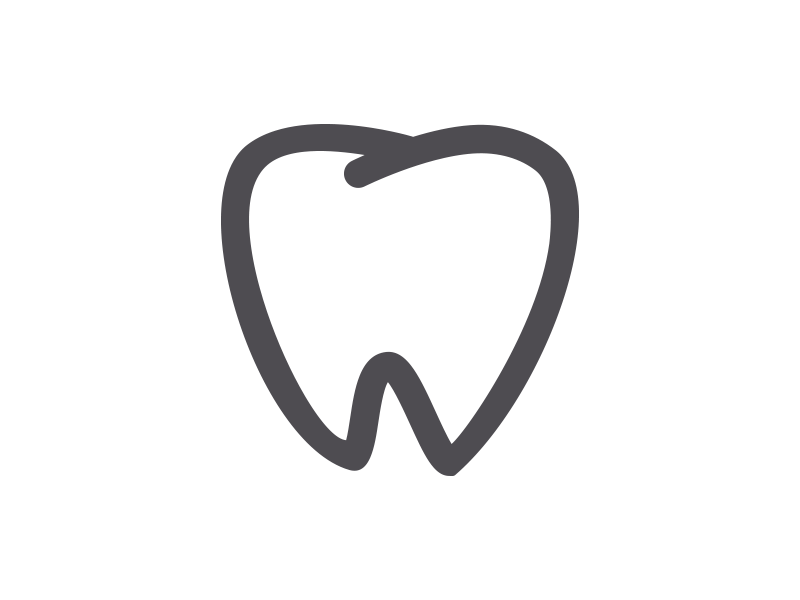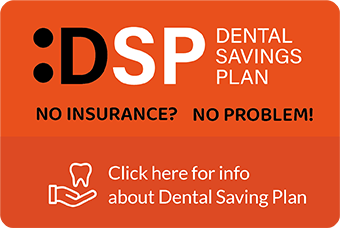Your Child’s Teeth from Birth to Age 6
Your Child’s Teeth from Birth to Age 6
Your child’s baby teeth are important!
Baby teeth, also called primary teeth, help your child chew and speak normally. They hold space in the jaws for the adult (permanent) teeth that come in later.
Your baby’s teeth start to come in when they are about 6 months old. By age 3, most children have a full set of 20 baby teeth. Baby teeth will later be lost as your child grows. This makes room for adult teeth, which begin to come in around age 6. By the time children are teenagers, they usually have all of their adult teeth.
The chart below shows when each tooth usually comes in (erupt) and is lost (shed). Not all children get the same teeth at the same time. Your child’s teeth may come in earlier or later than shown here.

Teething Tips
As teeth come in, babies may have sore or tender gums. To help your baby feel better, you can:
- gently rub your baby’s gums with clean, wet gauze, your finger, or a small, cool spoon
- give them a clean, chilled (not frozen) teething ring — but don’t dip it anything sweet or in other foods
If your baby is still cranky and uncomfortable, talk to their dentist or pediatrician.
Do not use benzocaine-containing over-the-counter teething products such as Anbesol®, Hurricaine®, Orajel®, Baby Orajel®, and Orabase® and some prescription products to soothe sore gums in young children. These products can cause serious reactions in children. Details are available on the U.S. Food and Drug Administration website: www.fda.gov.
First Dental Visit by Their First Birthday
Your baby should have their first visit with the dentist after their first tooth appears, but no later than their first birthday. This first visit is a “well-baby checkup” for your child’s teeth. It’s best for your child to have a pleasant first meeting with the dentist. Don’t wait until an emergency comes up to introduce them to the dental office!
You Can Prevent Decay in Baby Teeth
Other than water, sugar is in almost everything else that a baby drinks, including breast milk and formula. When teeth are in contact with liquids that contain sugar, decay can start.
Pacifiers:
- Don’t put a pacifier or spoon in your mouth before giving it to your child. Decay-causing bacteria that’s in your mouth can be passed to them.
- Don’t dip a pacifier or nipple of a bottle in anything sweet.
Bottles, Sipping and Snacking:
- Don’t give your baby fruit juice (even 100% juice) until after they turn 1 year old.
- Don’t let your child sip sugary liquids all day (including juice drinks). Limit sugary liquids and sweets to mealtimes.
- Never put your child to bed with a bottle or training cup.
- Avoid giving your child sugary, chewy, sticky foods like candy, cookies, chips, and crackers. Give healthy snacks instead. You can find ideas at www.choosemyplate.gov.
Breastfeeding:
- After each time you breastfeed, wipe your baby’s gums with a clean, moist gauze pad or washcloth.
- Once your child’s first tooth comes in, be sure to brush their teeth after each feeding.
Clean your child’s teeth to help prevent decay and cavities
Brushing and flossing remove plaque, the sticky film of bacteria on your teeth. Brush your child’s teeth (and yours!) 2 times a day and for 2 minutes each time. You should clean between teeth with floss or a floss aid every day.

How to Brush Your Child’s Teeth
Brushing teeth the right way is important, so you should brush your child’s teeth until they have the skills to do it the right way on their own.
When you teach your child how to brush the right way, it may help to stand behind them and hold the brush while they watch in the mirror. Teach them to spit out all of the toothpaste after brushing.
Here are some tips for proper brushing:
- Place the toothbrush against the tooth where it meets the gums (also called the gum line).
- Use a 45-degree angle to make sure you are fully reaching the gum line as well as the tooth surface. (See the middle picture on the right.)
• Move the brush back and forth gently in short, soft circles. Brush the outer surface of each tooth. Use the same strokes for the inside surfaces and chewing surfaces of the teeth.


How much toothpaste should my child use?

Clean Between Your Child’s Teeth Every Day
Cleaning between your child’s teeth with floss or a floss aid removes plaque where toothbrush bristles can’t reach. Begin using floss or a floss aid when your child has 2 teeth that are next to each other. Flossing is not easy for children to do by themselves. The ADA recommends that you floss your child’s teeth daily until they can do it alone, around age 10 or 11.
Fluoride Is Nature’s Cavity Fighter
Fluoride (FLOOR-eyed) is a mineral that is found in all-natural sources of water — even the ocean. Fluoride helps protect tooth enamel from the acid attacks that cause tooth decay. It also helps repair weakened enamel before cavities form.
Children who drink tap water that has the recommended level of fluoride are less likely to get cavities than children who do not drink fluoridated water.
Children get added protection from fluoride by getting it from more than one source. Other sources of fluoride include fluoride toothpastes, fluoride mouthrinses, and fluoride treatments applied in the dental office.
Sucking Habits
Many infants and young children like to suck on thumbs, fingers and pacifiers. Sucking is a natural reflex and necessary for feeding. However, long-term sucking habits can cause problems. Their teeth may not grow in straight and their mouth may not develop correctly.
Sucking habits usually stop between the ages of 2 and 4. If your child uses a pacifier or sucks their fingers, talk to your dentist about how to get your child off this habit. If the sucking continues, ask your child’s dentist or pediatrician about other ways to discourage sucking.

Produced in cooperation with the American Academy of Pediatric Dentistry.
Initial decay photo courtesy of David M. Hassan, DMD.
Patient education content ©2020 American Dental Association. All rights reserved. “ADA” and the “ADA” Logo are registered trademarks of the American Dental Association.













